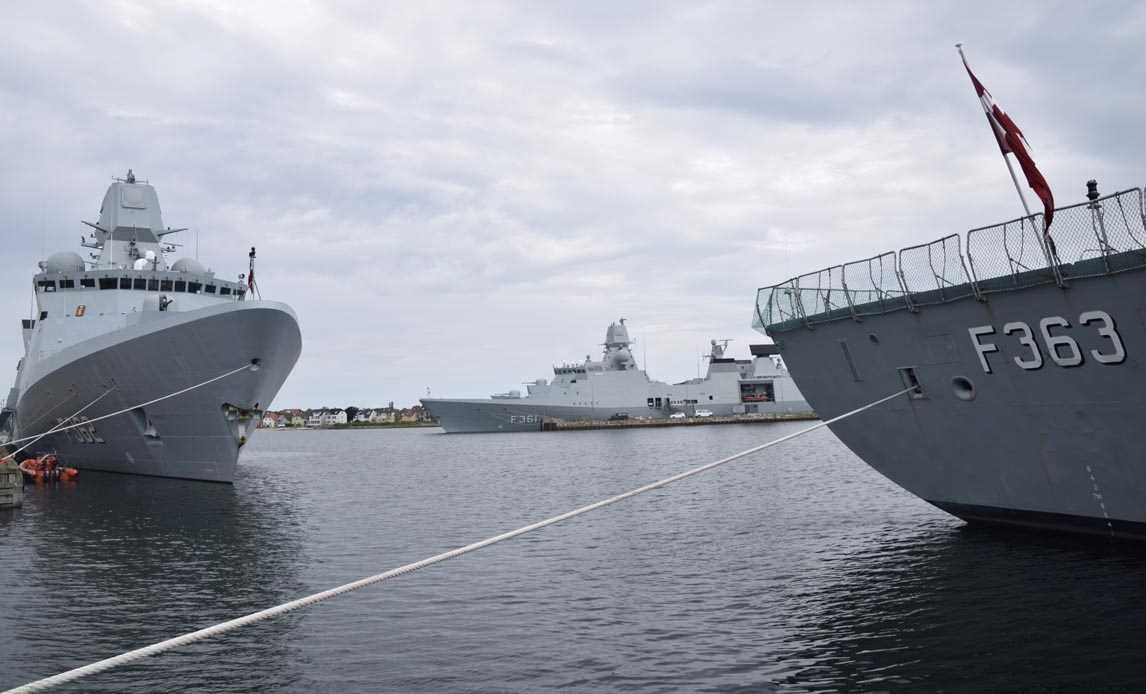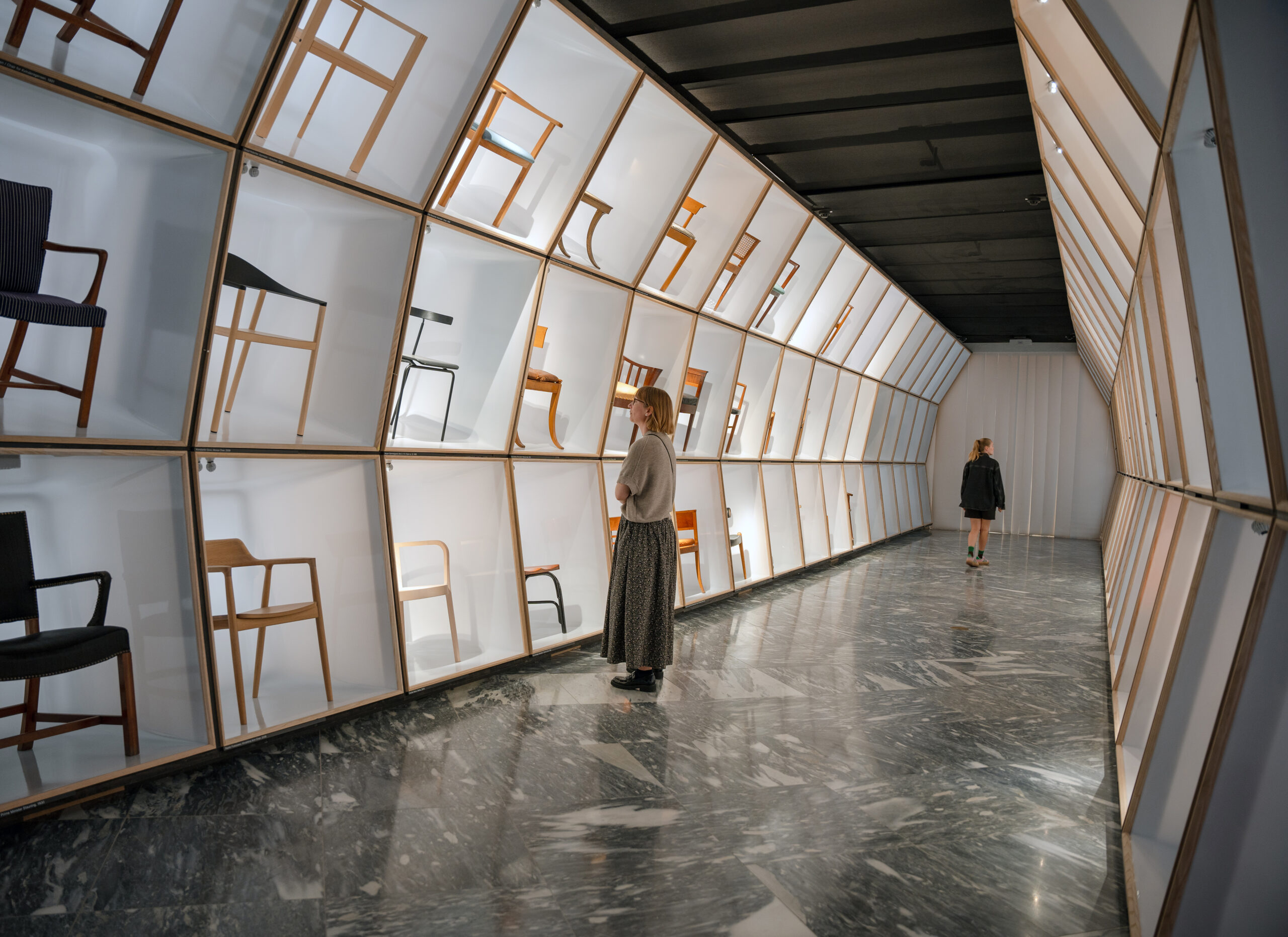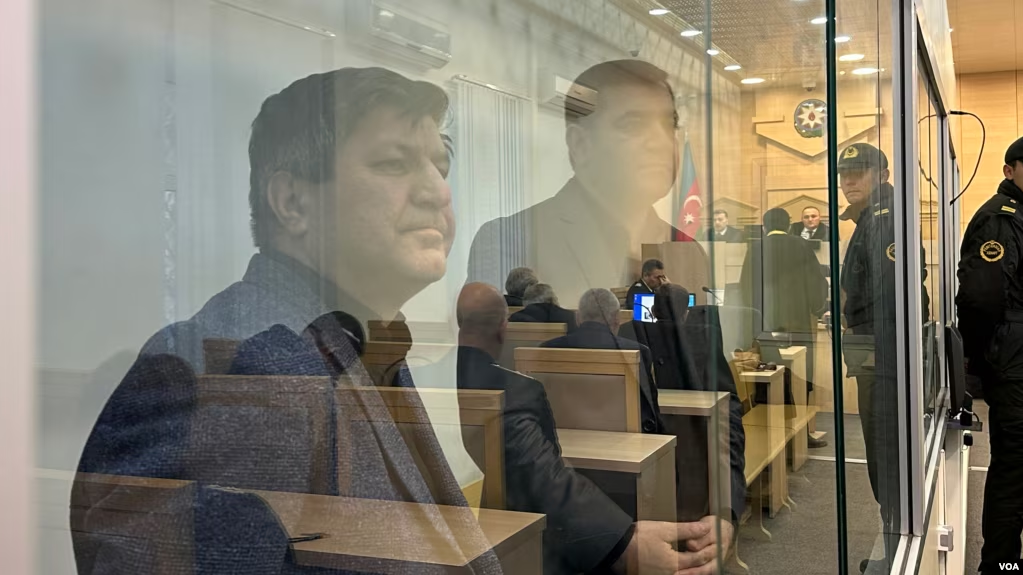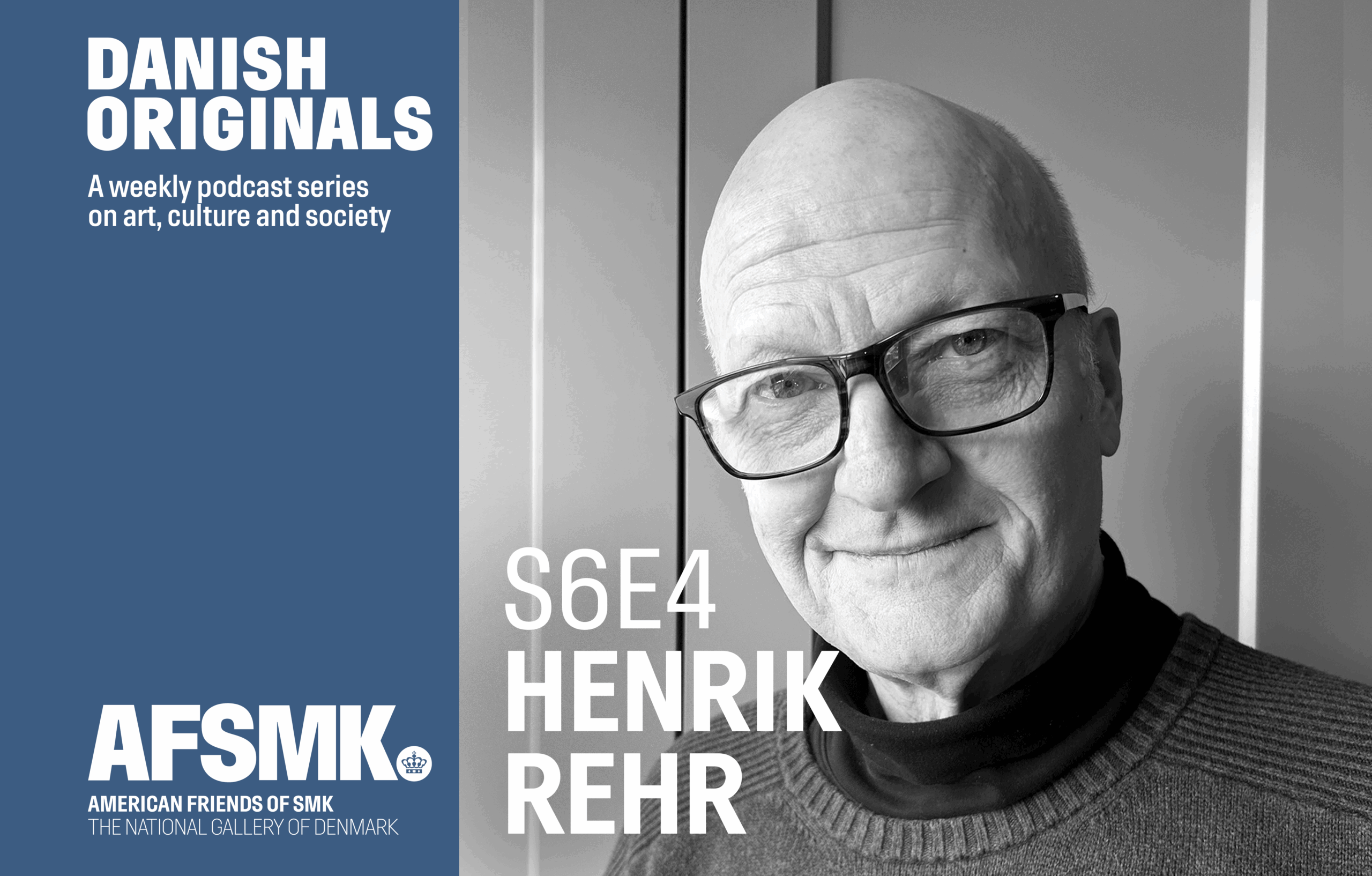The environment and food minister, Esben Lunde Larsen, has decided to protect an area of Kattegat Sea roughly the size of the island of Bornholm.
In the future, it will be forbidden for fishing boats to trawl the bottom of the seabed and for oil companies to explore for oil and natural gas in a 590 square kilometre area in Kattegat. Vulnerable marine wildlife stand to benefit.
“We must protect the vulnerable nature in the oceans around Denmark,” said Larsen. “But it must occur in a way that protects the vulnerable species below the surface of the sea and the people who fish for a living.”
“So I’ve changed the former government’s proposal to give a better balance between protection and utilisation.”
READ MORE: Government to protect part of the Kattegat
A modified plan
A number of areas have been adjusted. Some have been expanded to improve the protection of vulnerable species, while others have been scaled down or omitted altogether to accommodate the Danish fishing industry.
Larsen said that the final plan has been modified in the wake of discussions with fishing and conservation organisations.
Bottom trawling, oil exploration and the dumping of sand will in future be banned in six areas that account for about 4 percent of the Danish part of the Kattegat.
Fishing with nets, surface trawling and creeling will still be permitted in the areas, while activities that don’t physically impact on the seabed will also been allowed.
The previous government’s plan for Kattegat included 650 square kilometres.












